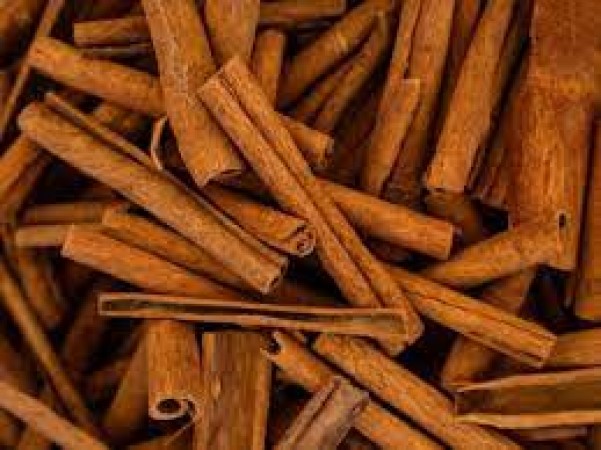
In the world of culinary delights, the aromatic and flavorful allure of cinnamon has been revered for centuries. Its warm and spicy notes enhance a wide range of dishes, from sweet treats to savory meals. However, a matter of concern arises when one discovers the potential use of guava bark as a substitute for genuine cinnamon. In this article, we will embark on a journey to uncover the truth behind this curious culinary swap. Let's delve into the nuances that set real cinnamon apart from its counterfeit counterpart.
At the heart of true cinnamon lies the Cinnamomum verum tree, a botanical marvel that yields the authentic spice. Also known as Ceylon cinnamon, this variety hails from Sri Lanka and boasts a legacy steeped in history and flavor.
The key to real cinnamon's allure lies in its aromatic richness and delicate texture. When you run your fingers over a genuine cinnamon stick, you'll notice its paper-thin layers that can be easily crumbled into a fine powder. This texture contributes to the spice's even distribution and smooth infusion in culinary creations.
Real cinnamon tantalizes the taste buds with its sweet and complex flavor profile. Its notes encompass a harmonious blend of warmth, sweetness, and a subtle hint of citrus. This distinct combination elevates dishes to a realm of culinary excellence that imitation cinnamon struggles to replicate.
Beyond its culinary charm, Cinnamomum verum boasts potential health benefits. Studies suggest that authentic cinnamon might contribute to managing blood sugar levels, promoting heart health, and even possessing antimicrobial properties. These attributes underscore the significance of using the genuine spice.
In the shadows of true cinnamon stands guava bark, a less-known contender that attempts to imitate the spice's allure. Harvested from the guava tree, this bark possesses a superficial resemblance to cinnamon but lacks its captivating essence.
One of the most glaring disparities between guava bark and real cinnamon lies in their aroma and flavor. Guava bark may emit a faint fragrance, but it pales in comparison to the robust aroma of genuine cinnamon. When it comes to flavor, guava bark's attempt at mimicry falls short, often imparting a bitter or astringent taste.
Guava bark's thicker and coarser texture poses a challenge when it comes to culinary integration. Unlike the fine powder yielded by cinnamon, guava bark's toughness hinders its ability to seamlessly blend into recipes, resulting in an uneven distribution of flavor.
Cinnamaldehyde, the compound responsible for cinnamon's distinct flavor and potential health benefits, is notably absent in guava bark. This absence not only impacts the flavor of dishes but also denies the potential health advantages associated with genuine cinnamon consumption.
As consumers, our choices impact the culinary world's integrity. When seeking cinnamon, look for labels specifying "Cinnamomum verum" or "Ceylon cinnamon." This designation assures that you're obtaining the real deal, laden with authentic flavor and potential health benefits.
Engage your senses when assessing cinnamon. Gently sniff the spice to experience its true aroma. Additionally, attempt the snap test: authentic cinnamon sticks are delicate and snap easily due to their thin layers.
The pleasure of utilizing genuine cinnamon in your recipes is unparalleled. Whether it's a hearty bowl of oatmeal, a fragrant curry, or a delectable dessert, the nuanced flavors of authentic cinnamon will elevate your culinary endeavors to new heights.
In the realm of culinary authenticity, the use of guava bark as a stand-in for cinnamon falls short of capturing the essence and heritage of the true spice. While guava bark might resemble cinnamon superficially, its lackluster aroma, flavor, and texture fail to replicate the enchanting experience of Cinnamomum verum. Embrace the legacy of real cinnamon, honor tradition, and savor the unparalleled depth of flavor it bestows upon every dish fortunate enough to be graced by its presence. Let your culinary journey be a celebration of authenticity and genuine taste.
If you also suffer from migraine, then remove these things from your diet and throw them away